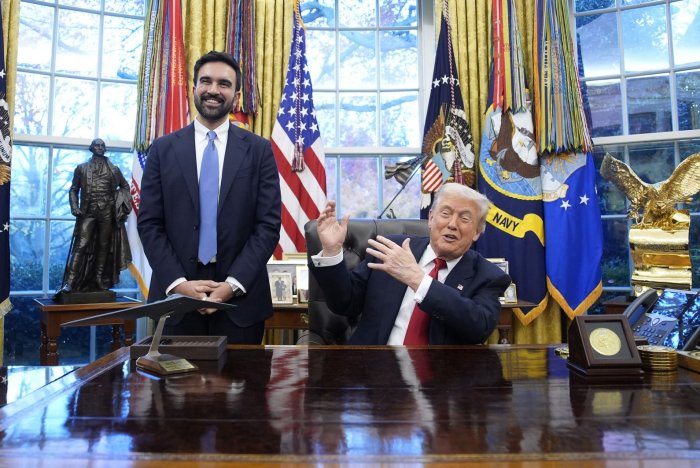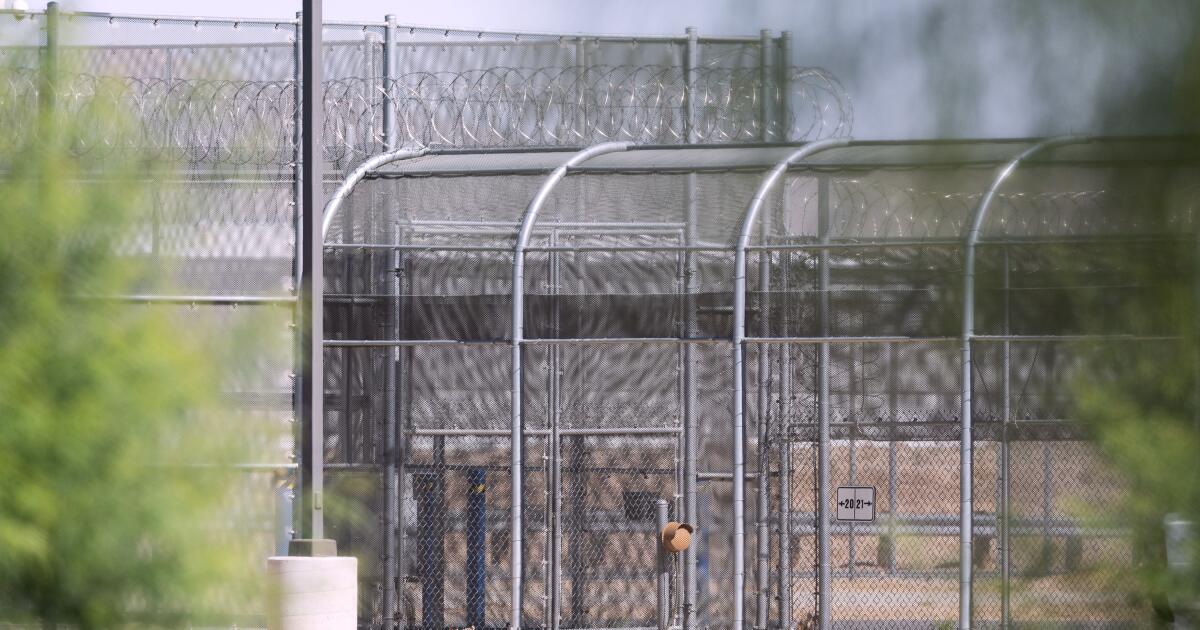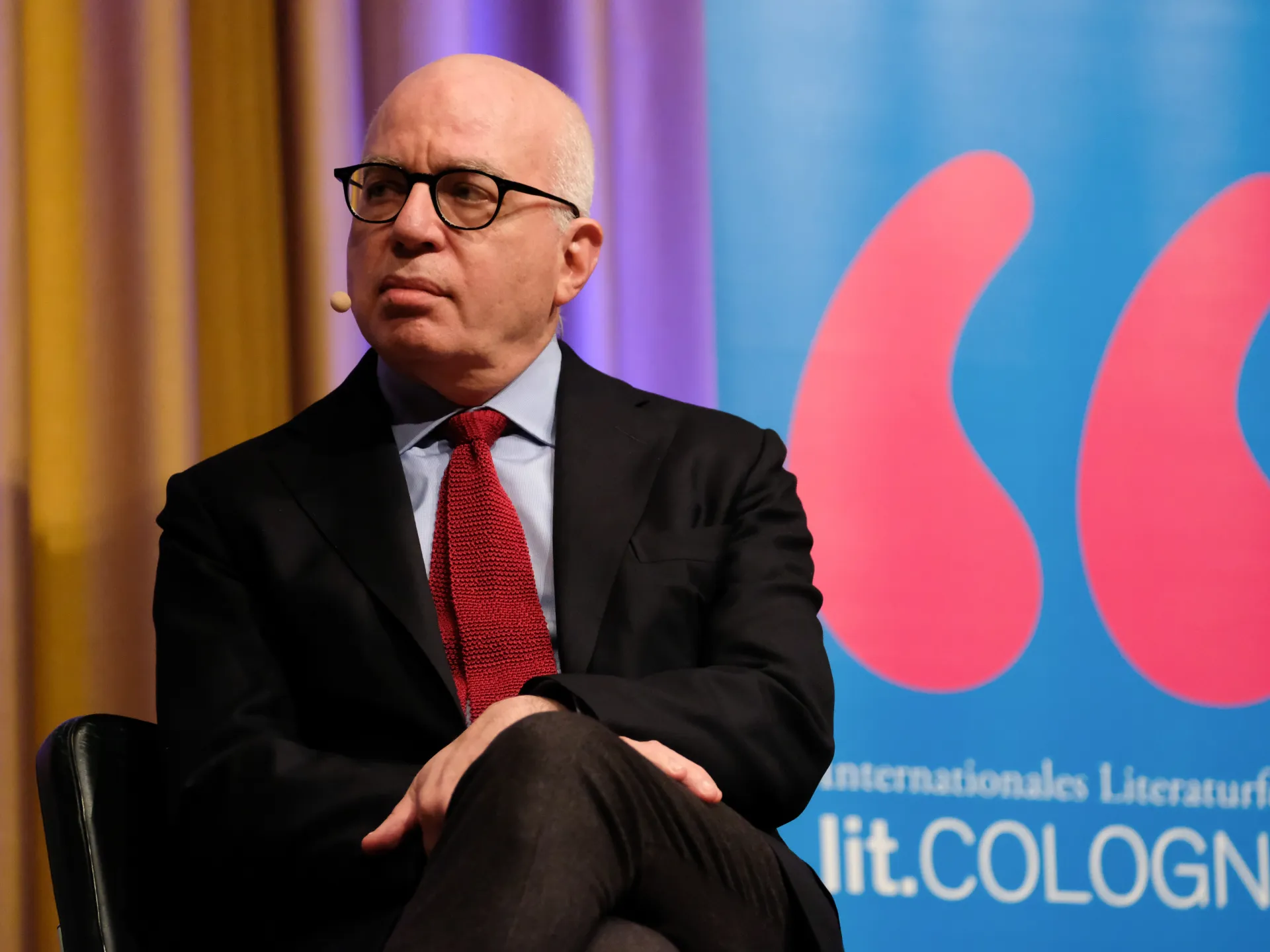House resolution seeks to raise threshhold for censuring member to 60%
Nov. 22 (UPI) — A Democrat and a Republican in the U.S. House of Representatives have co-sponsored a resolution that calls for raising the number of votes needed to censure a colleague from a majority to 60% as a way to force “bipartisan support.”
The two-page resolution introduced by Democrat Don Beyer of Virginia and Republican Don Bacon of Nebraska on Friday comes amid efforts to censure three House members in an escalating numbers of members looking to take action against one another.
“The process of censures and disciplinary measures in the House is broken, and all of us know it,” Beyer said in a joint press release with Bacon announcing the legislation.
“These measures were historically reserved for rare and exceptional cases after a lengthy process that allowed time for investigations and due process, but that precedent has deteriorated,” he said. “Our resolution would break the cycle of censures to help return focus in the House to solving problems for the American people.”
The effort, the duo told colleagues in a letter on Thursday, would fix the problem and raise the level of sanity in the chamber, the New York Times reported.
“A U.S. House ruled by mob mentality cannot function. The institution and American people deserve better than what we’ve seen this week. The vast middle must stand up to the extremes and put commonsense safeguards in place,” Bacon said in the release.
The bill already had 29 sponsors by Friday afternoon, Roll Call reported.
“It has become a political tactic, rather than an action to protect the reputation of the House,” Rep. Steny Hoyer, D-Md., who in past years served as the majority and minority leader, told the Times. “If it becomes common, it will lose its prophylactic effect.”
Since 1832, the House has censured members 25 times and issued reprimands 11 times — and censured members just six times in the 21st century, according to NBC News.
Bacon and Beyer noted in the press release that most censures in history have come “after lengthy ethics investigations that established criminal activity or serious misconduct.”
Expulsion from Congress requires two-thirds approval, with 16 members of the House and five members of the Senate having been ejected from office, according to Congressional records. The vast majority — 17 — got the boot during the Civil War for backing the Confederacy.
The most recent expulsion was former Rep. George Santos, R-N.Y., who was later convicted in federal court, although President Donald Trump commuted his sentence after he had served three months in prison.
“The proliferation of resolutions to punish our fellow Members with censure, disapproval or the revocation of committee assignments has become unsustainable, to the point that they now impair our ability to work together to address serious issues. I fear this is inflicting lasting damage on this institution,” Beyer said Friday.
Just this week, there has been a raft of censure efforts introduced in the House, some successful and some not.
On Tuesday, the House rebuked Rep. Jesus Garcia, a Democrat serving Illinois, for hand-selecting his successor after announcing his retirement after the filing deadline for the Democratic primary.
Also on Tuesday, the House voted against censuring Stacey Plaskett, the U.S. delegate representing the U.S. Virgin Islands, amid revelations that she received information via text from convicted sex offender Jeffrey Epstein during a congressional hearing
Rep. Nancy Mace, R-S.C., filed a resolution to censure Rep. Cory Mills, R-Fla., who has been accused of financial misconduct and domestic abuse. In that case, the House voted to refer the matter to the House Ethics Committee.
Rep. Greg Steube, R-Fla., also threatened to censure, and then expel, fellow Floridian, Democratic Rep. Sheila Cherfilus-McCormick after she was indicted this week for allegedly stealing $5 million in federal disaster funds.



